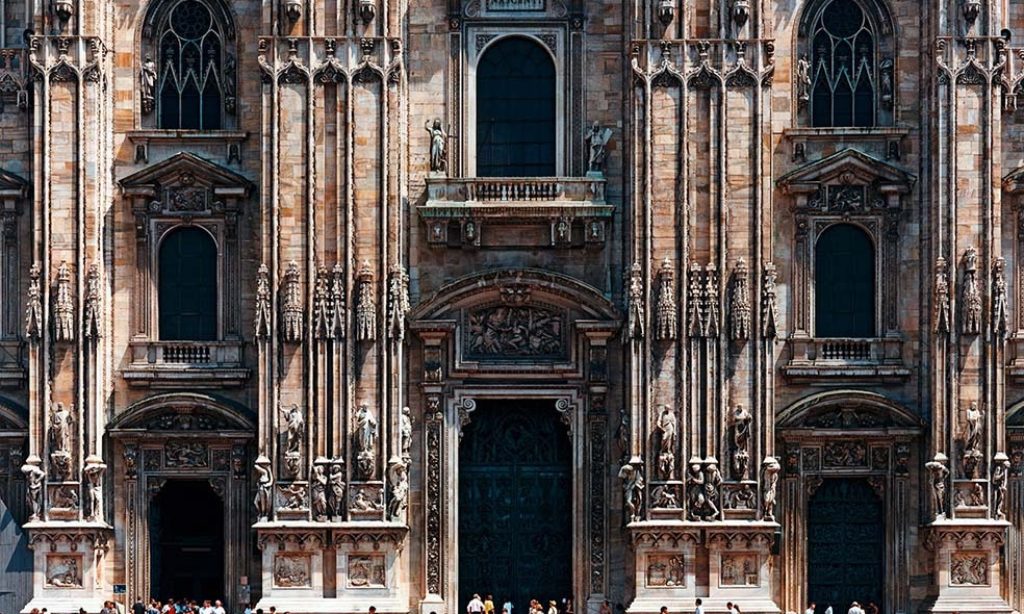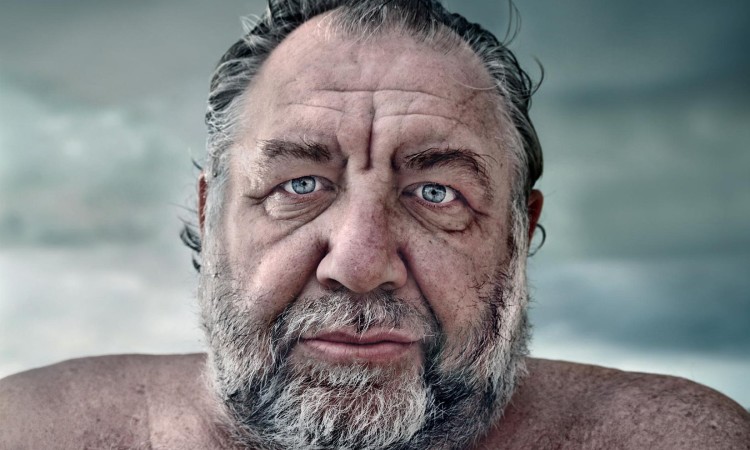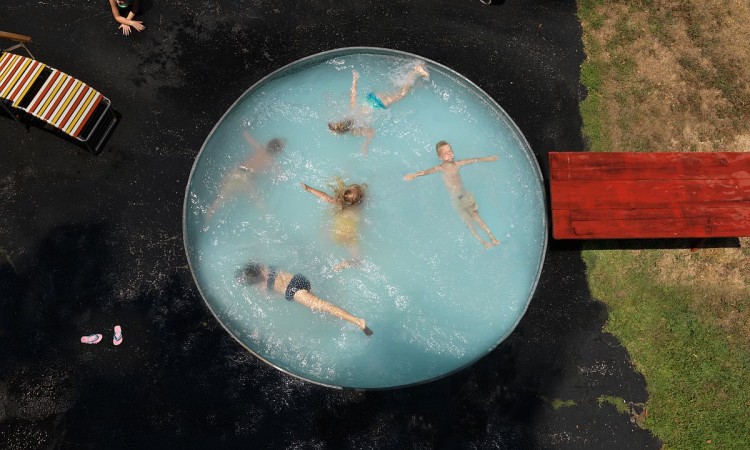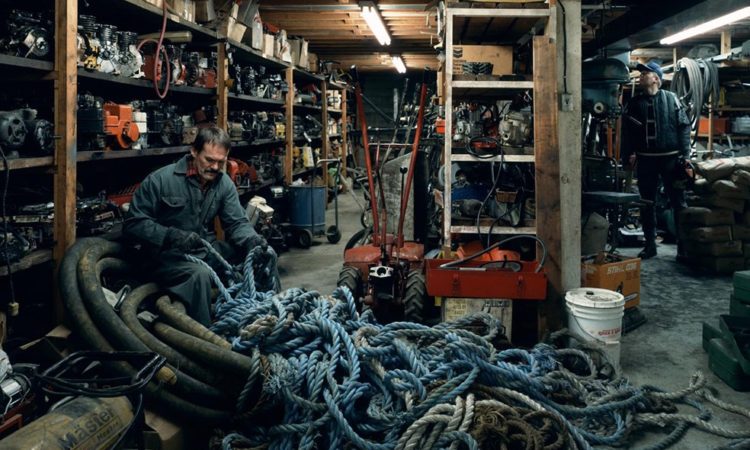Thomas Struth (born 1954) is a German photographer who is best known for his Museum Photographs, family portraits and 1970s black and white photographs of the streets of Düsseldorf and New York. Struth currently lives and works in Berlin and New York.
Born to ceramic potter Gisela Struth and bank director Heinrich Struth in Geldern, Germany, Struth trained at the Düsseldorf Academy from 1973 until 1980 where he initially studied painting under Peter Kleemann and, from 1974, Gerhard Richter. Increasingly drawn to photography and with Richter’s support, Struth, along with Candida Höfer, Axel Hütte, and Roswitha Ronkholz, joined the first year of the new photography class run by Bernd and Hilla Becher, in 1976. In 2007, he was an artist in residence at the Atlantic Center for the Arts.
In 1976, as part of a student exhibition at the Academy, Struth first showed a grid composed of 49 photographs taken from a centralized perspective[5] on Düsseldorf’s deserted streets, each of them obeying a strict logic of central symmetry. The compositions are simple and the photographs are neither staged nor digitally manipulated in post-production. Strong contrasts of light and shade are also avoided, Struth preferring the greyish, uninflected light of early morning. This serves to enhance the neutral treatment of the scenes.
In 1977, Struth and Hütte travelled to England for two months, and teamed up to photograph different aspects of housing in the urban context of East London. In 1978 Struth was the first artist in residence at P.S. 1 Studios, Long Island City. In 1979 Struth travelled to Paris to visit Thomas Schütte, a fellow student at the Kunstakademie, and continued his photographs of cityscapes. He went on to produce similar series in Rome (1984), Edinburgh (1985), Tokyo (1986), and elsewhere. These early works largely consisted of black-and-white shots of streets. Skyscrapers were another feature of his work, with many of his photographs attempting to show the relationship people have with their modern-day environment.
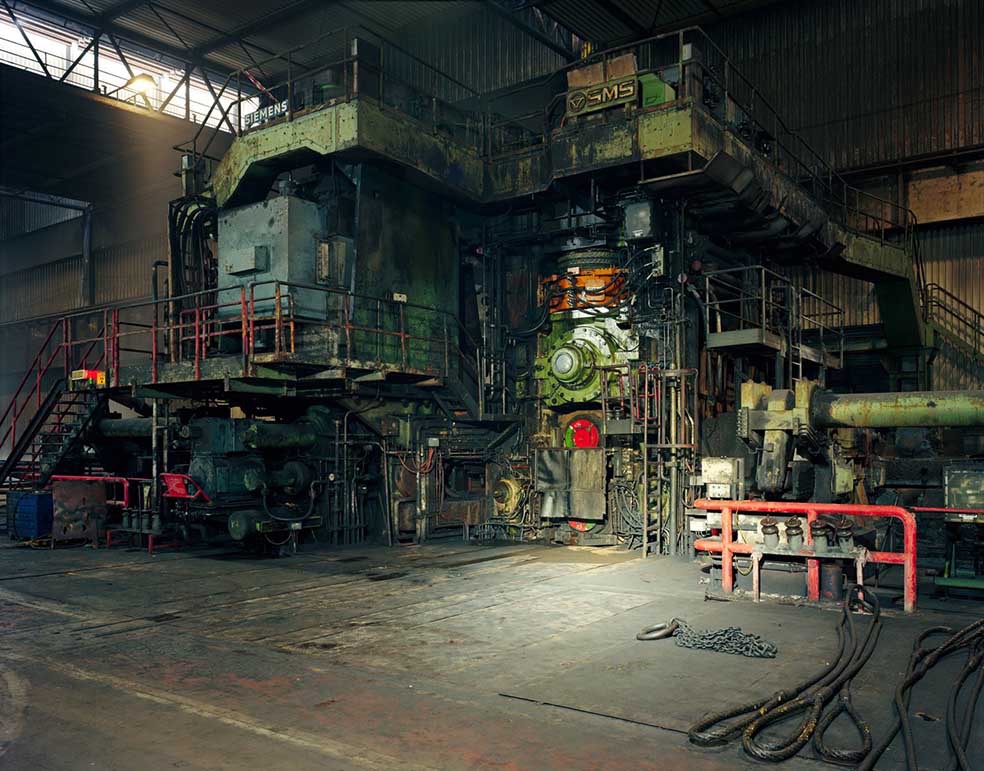
© Thomas Struth
In the mid-1980s, Struth added a new dimension to his work when he started to produce family portraits, some of which are in colour and others in black and white. This was after a meeting with psychoanalyst Ingo Hartmann. As a result, these works attempt to show the underlying social dynamics within a seemingly still photograph.
In 1989, Struth began work on his best-known cycle, Museum Photographs, devoted to the visitors to some of the world’s great museums and buildings, including The Art Institute of Chicago, the Musée du Louvre in Paris, the Accademia in Venice, and the Pantheon in Rome. Expanding the practice after living in Naples and Rome at the end of the 1980s, he also photographed visitors of churches. From 1998 on, Struth expanded the series with images shot on sites of powerful secular significance (including Times Square and the Yosemite National Park). His pictures of the Pergamon Museum in Berlin, taken between 1996 and 2001, comprise the first series of Museum Photographs dedicated entirely to a single museum with architectural and sculptural works from classical antiquity, including the famous Pergamon Altar and the market gate of Milet. After several unsuccessful attempts to make works based on candid shots of visitors at the Pergamon Museum, in 2001 he decided to orchestrate the positioning of participants in a series of photos. Struth’s “Museo del Prado” series from 2005, composed of five photographs taken over the course of one week, all shot from slightly different angles, of visitors flocking around Velázquez’s Las Meninas. Also in 2005, he began producing a second series consisting of close-ups of spectators of a single work at the Hermitage in St. Petersburg. Here the spectators are the central object of the photograph, while the artwork itself remains outside the frame. By including in his photographs people who are looking at art, “Struth makes viewers … aware of their own active participation in the completion of the work’s meaning, not as passive consumers but as re-interpreters of the past.”
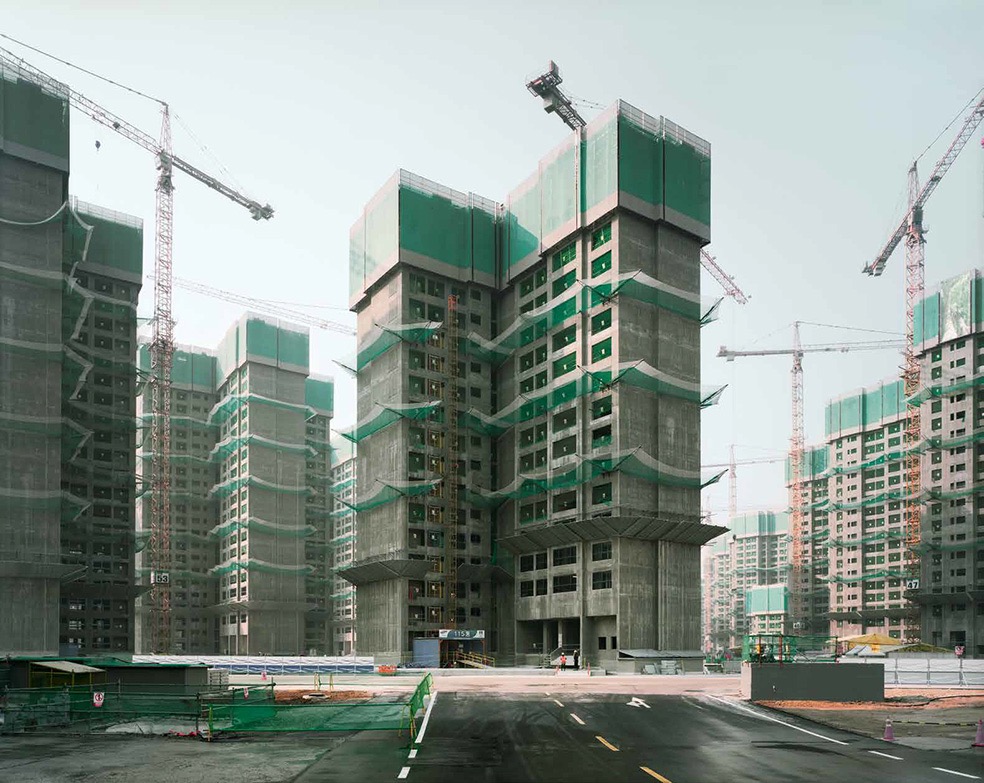
© Thomas Struth
Basing himself in Düsseldorf, Struth’s profile continued to expand in the 1990s. Between 1998 and 2006, Struth began scouring the earth for jungle settings in Japan, Australia, China, America and Europe; his first eight large-format Pictures from Paradise were created in 1998 in the Daintree Rainforest in Australia. Between 1995 and 2003, he produced a series of photographs featuring groups of people gathered at emblematic locations, whether as tourists or as pilgrims. Again created throughout Asia, Europe and the Americas, mural-sized colour photographs of 2010 that are up to 4 metres long record the structural intricacy of remote techno-industrial and scientific research spaces, such as physics institutes, pharmaceutical plants, space stations, dockyards, nuclear facilities and other edifices of technological production. In 2014, Struth presented a series of pictures in which he again penetrates key places of human imagination in order to scrutinize the landscape of enterprise, invention and digital engineering. Taking an archetypal site for the creation of cultural dreams and imagination, one group of pictures depicts panoramic views of Disneyland and Disney California Adventure (devoid of crowds), partly inspired by Katja Eichinger’s 2008 article in the Frankfurter Allgemeine Zeitung about the altered perspective and reading of the theme parks since their beginnings in the 1950s.
Meanwhile, Struth continues to add to his collection of family portraits. In 2002, Gerhard Richter asked Struth to make a family portrait for an article on Richter’s work in the New York Times Magazine. In 2011, he was commissioned by the National Portrait Gallery to make a double portrait of Queen Elizabeth II and the Duke of Edinburgh.
From 1993 to 1996, Struth was the first Professor of Photography at the Staatliche Hochschule für Gestaltung in Karlsruhe, Germany. Between 2010 and 2011, he served as Humanitas Visiting Professor in Contemporary Art at Oxford University.
Website: thomasstruth32.com
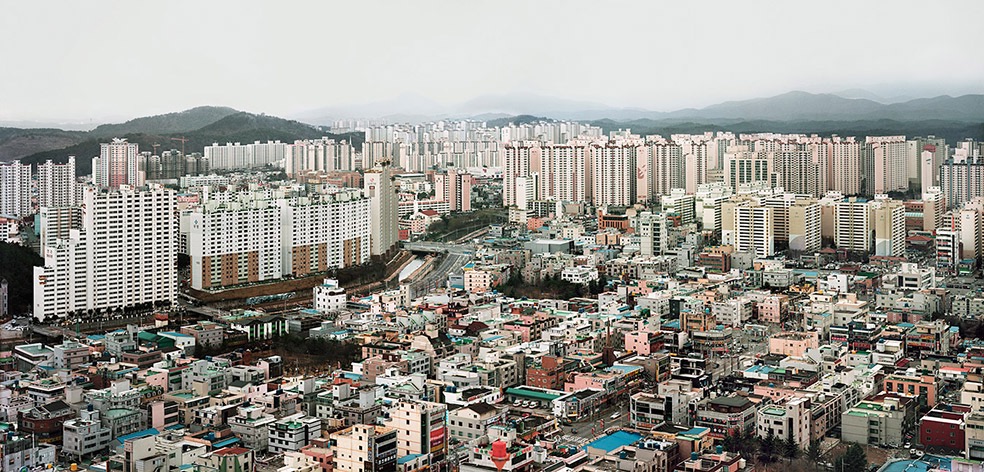
© Thomas Struth
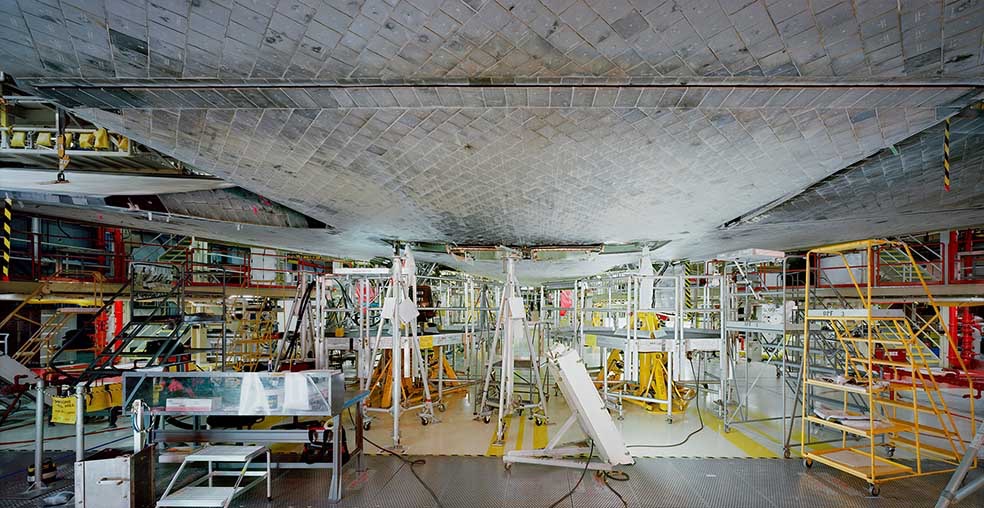
© Thomas Struth
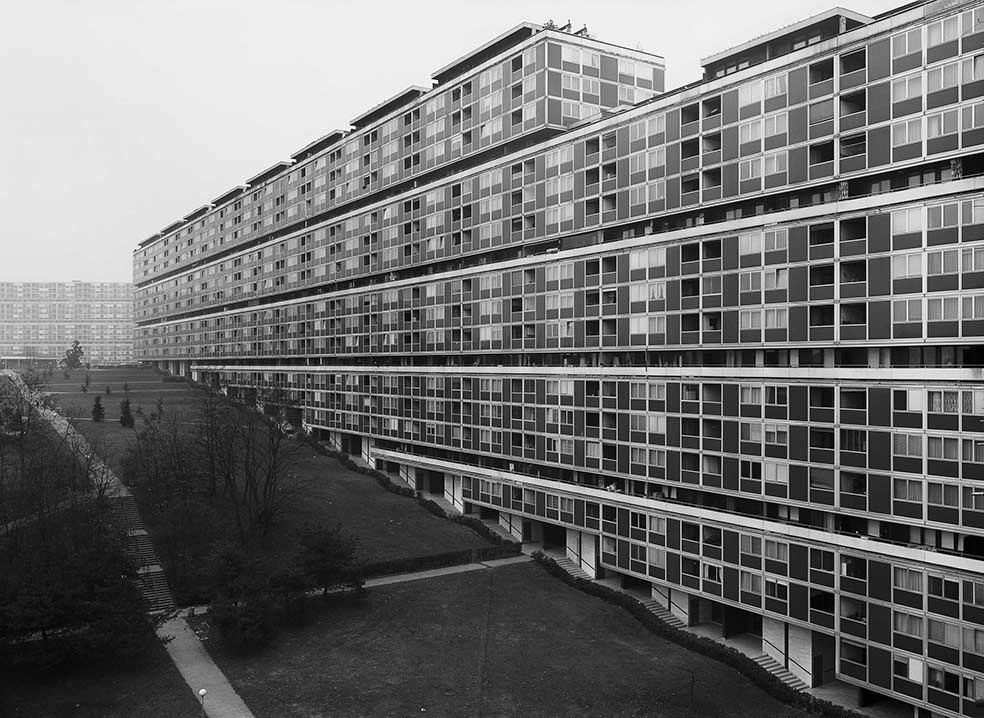
© Thomas Struth
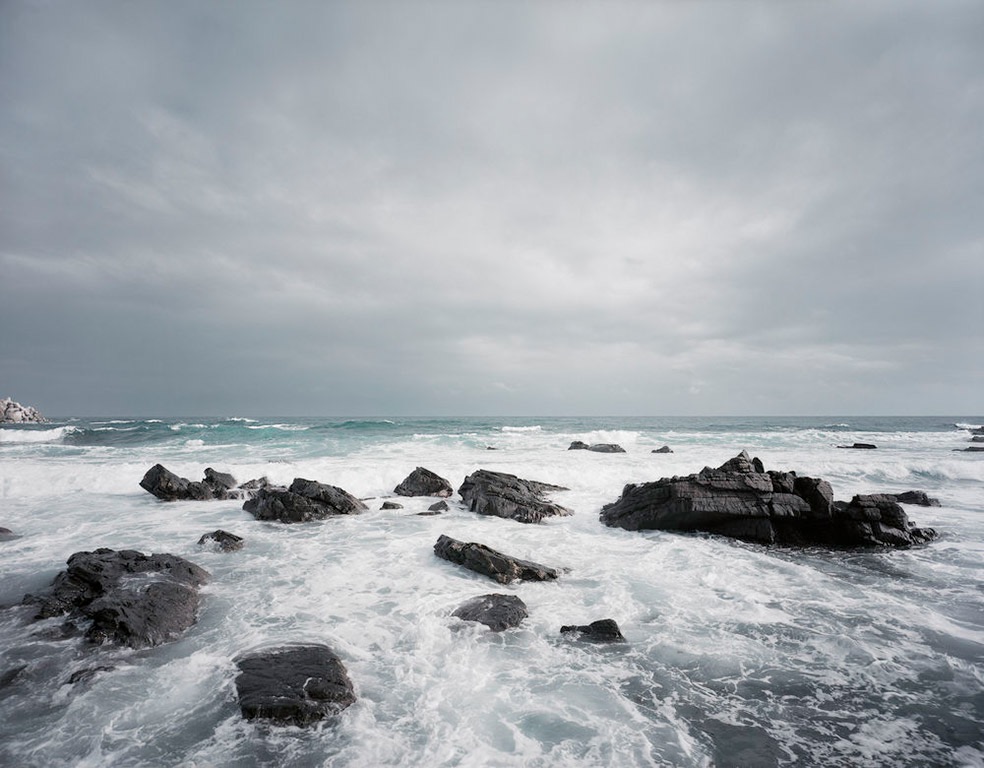
© Thomas Struth
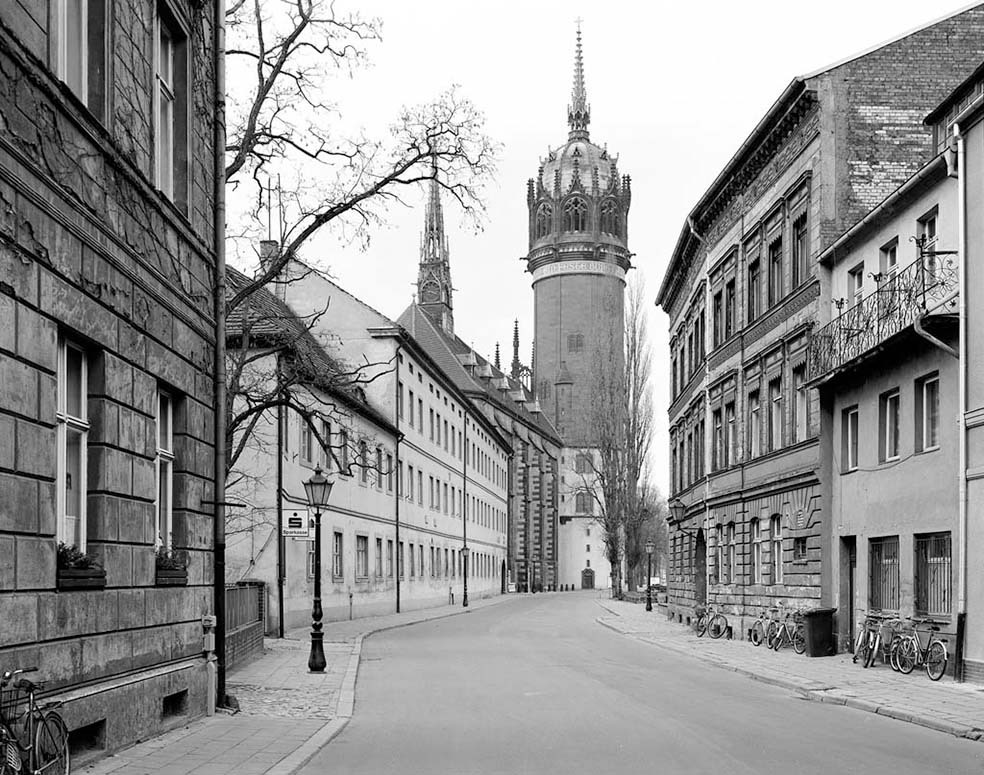
© Thomas Struth
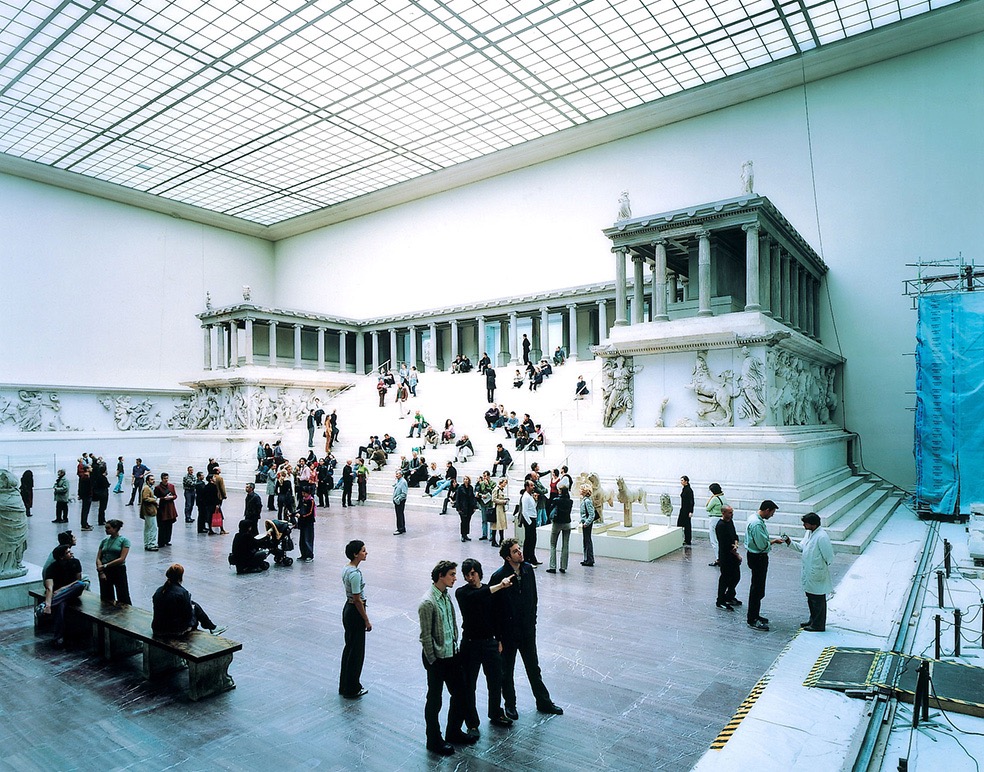
© Thomas Struth
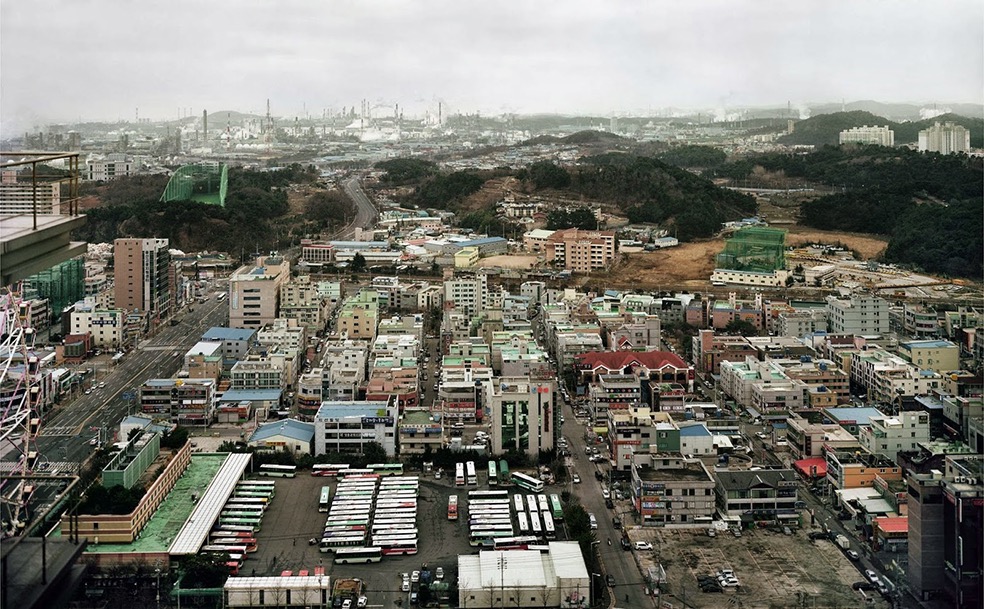
© Thomas Struth
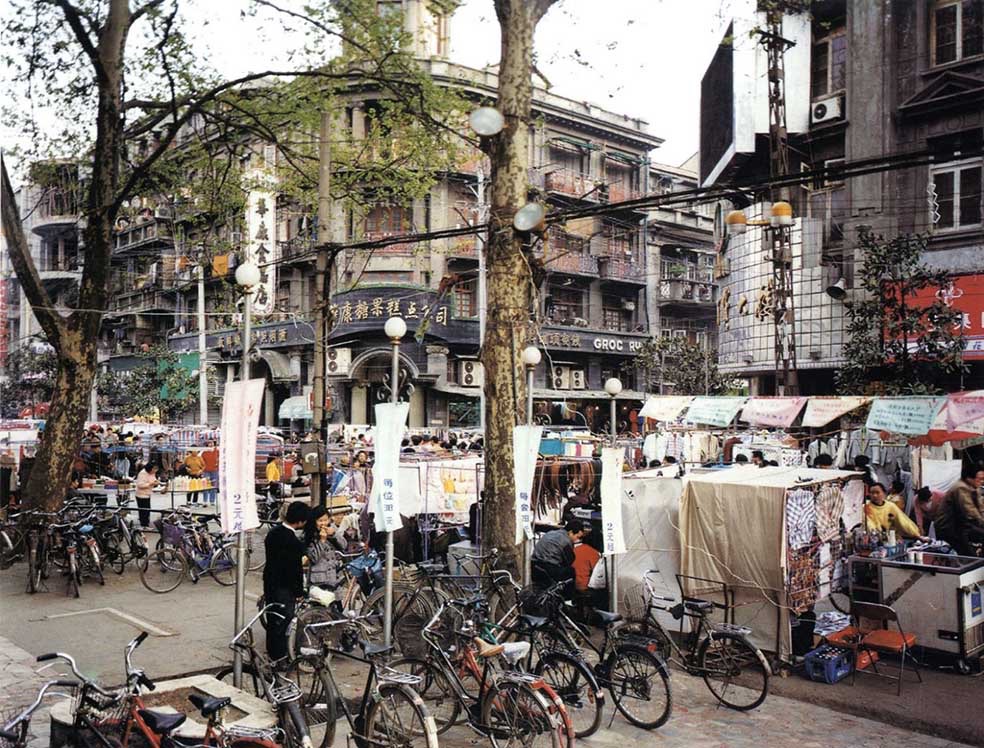
© Thomas Struth
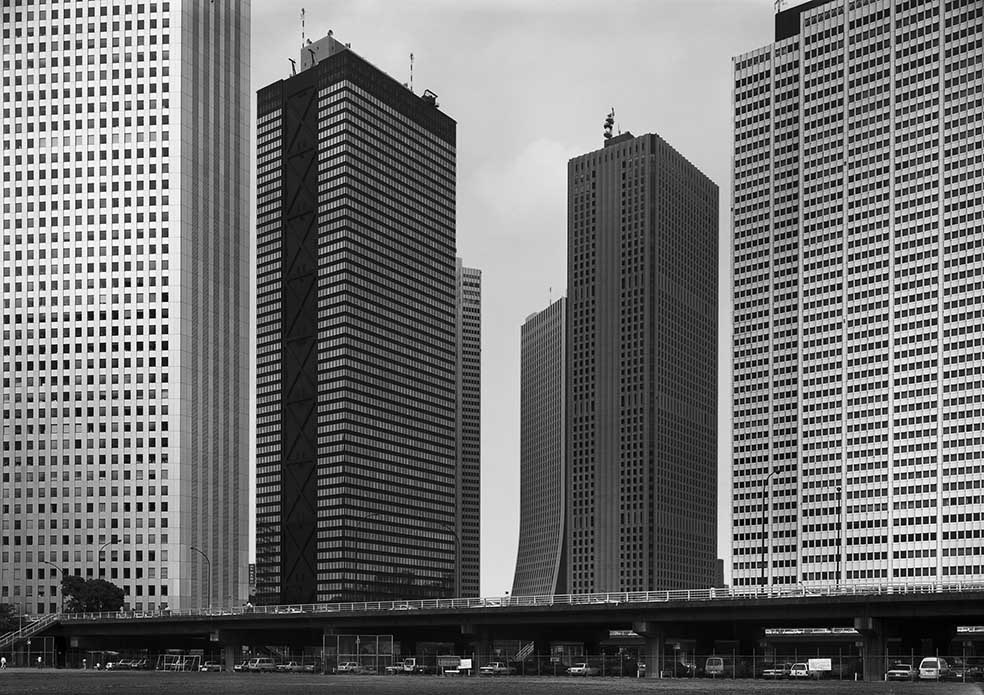
© Thomas Struth
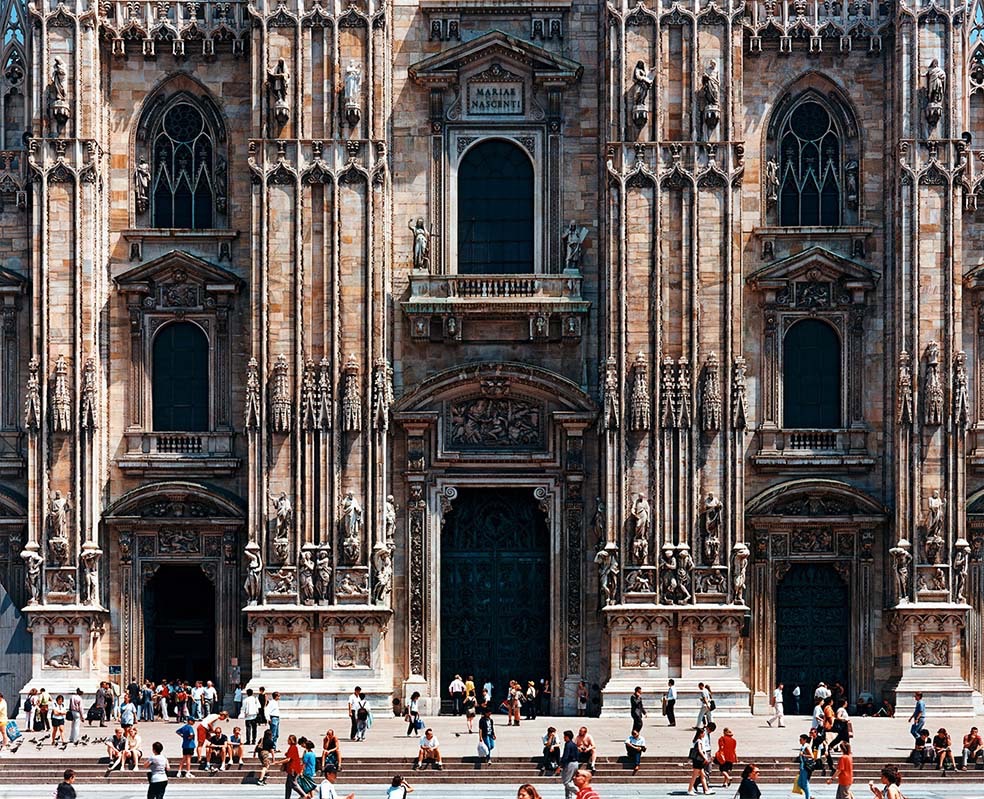
© Thomas Struth
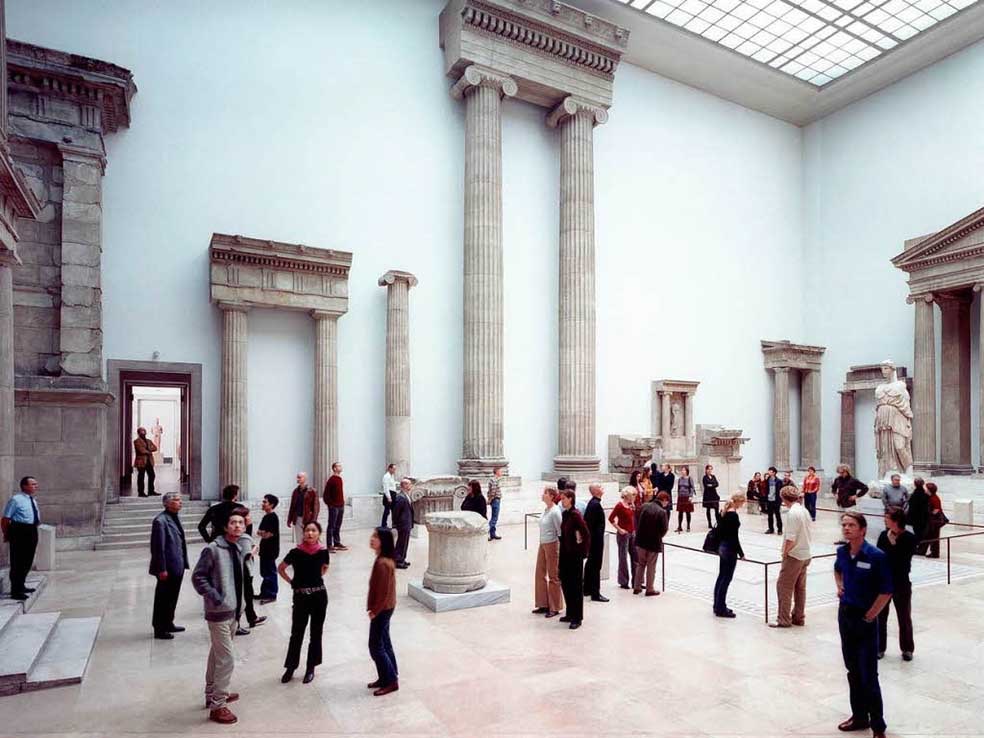
© Thomas Struth
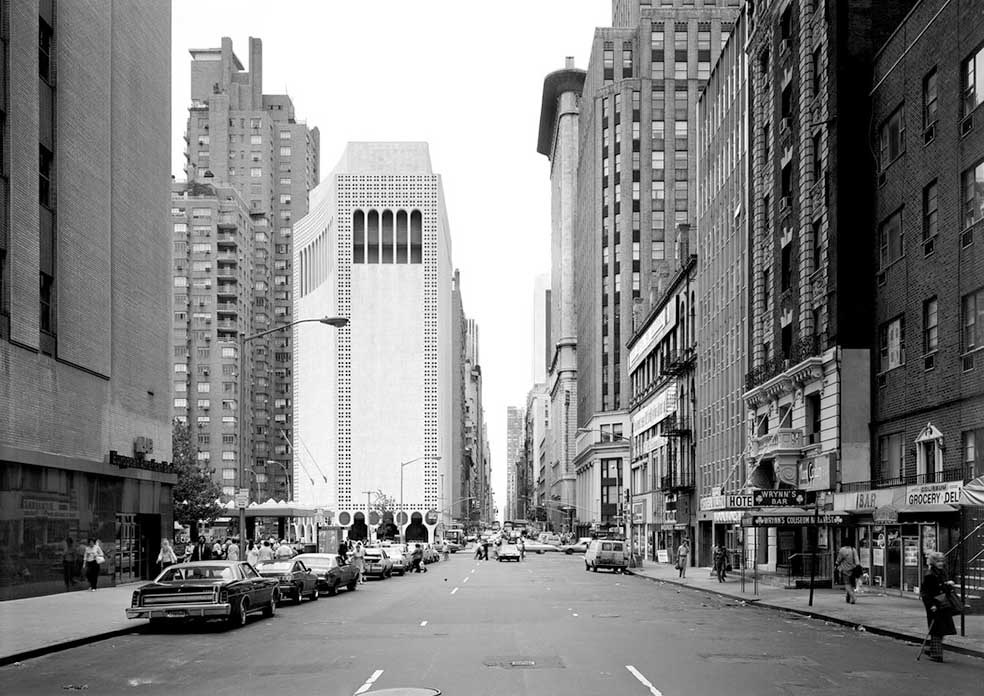
© Thomas Struth
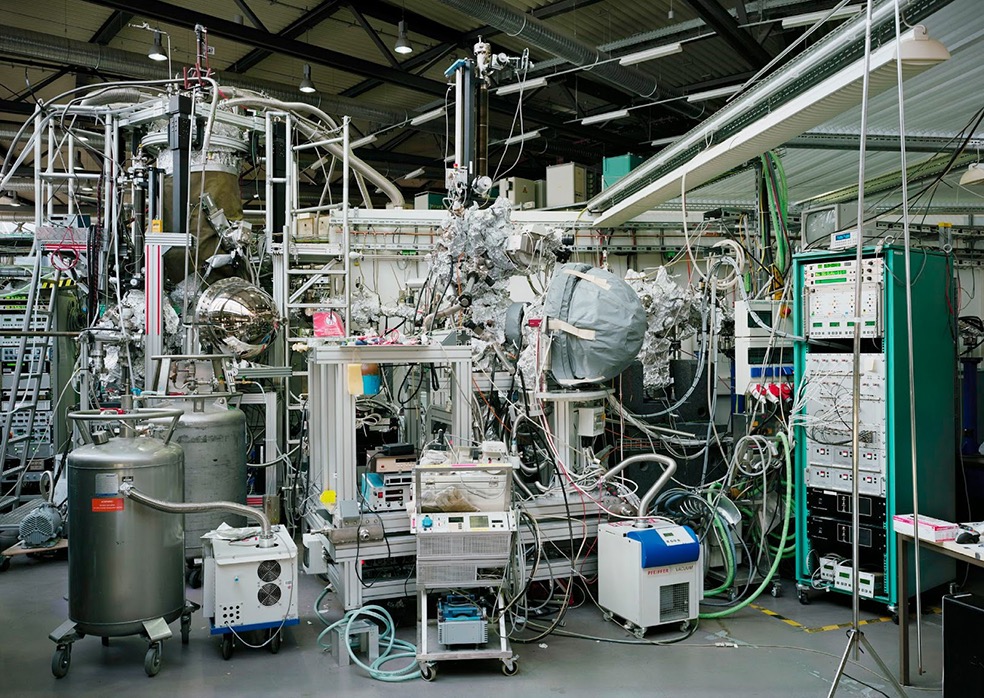
© Thomas Struth
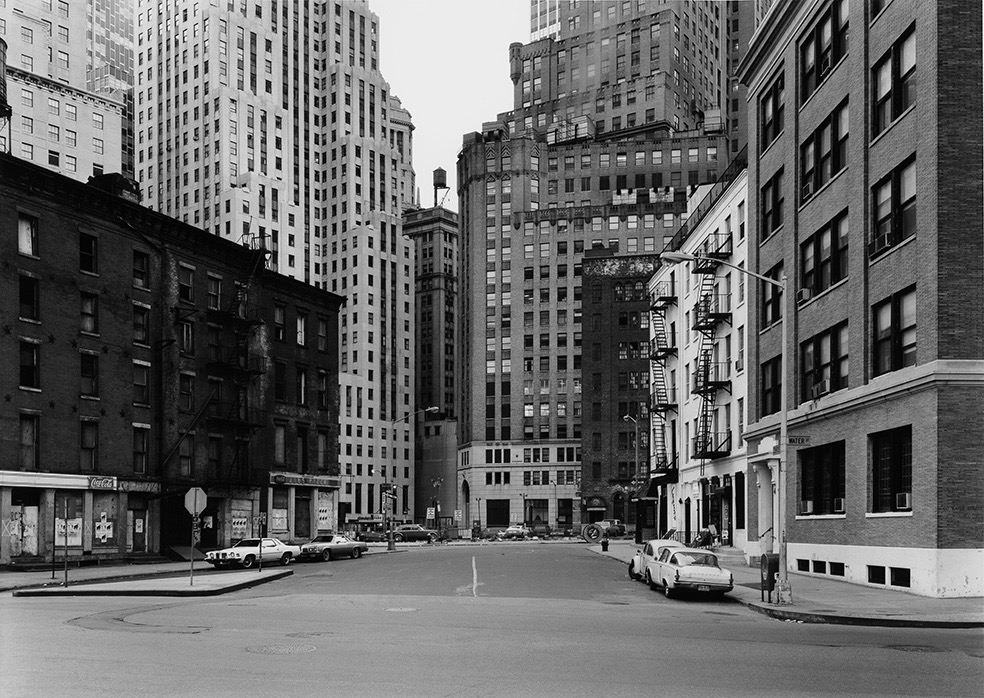
© Thomas Struth
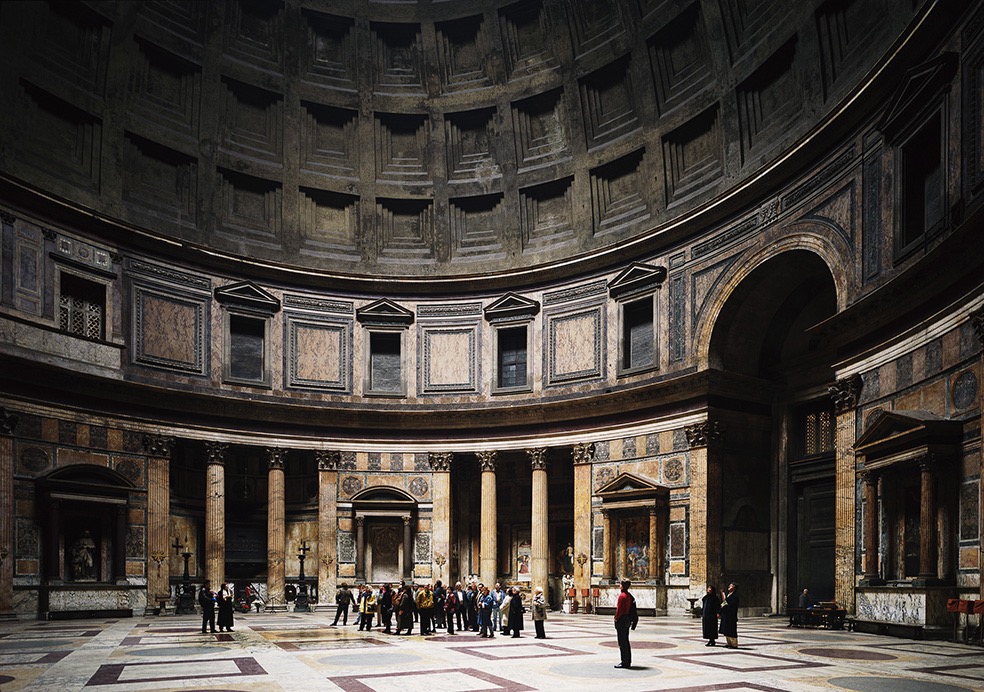
© Thomas Struth
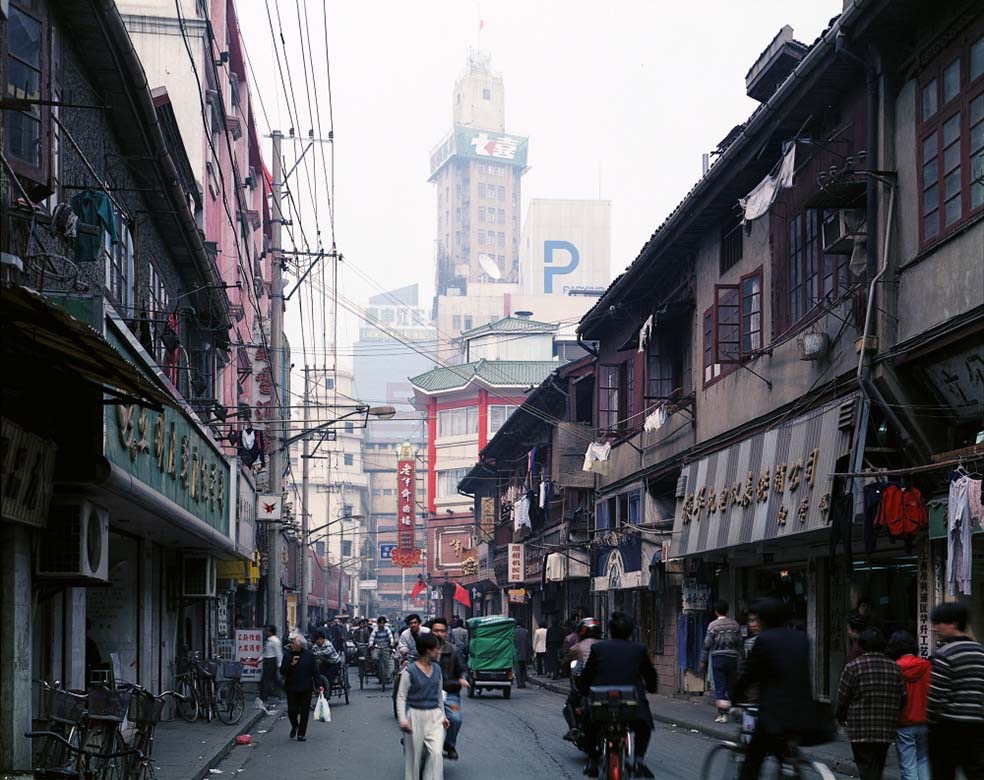
© Thomas Struth
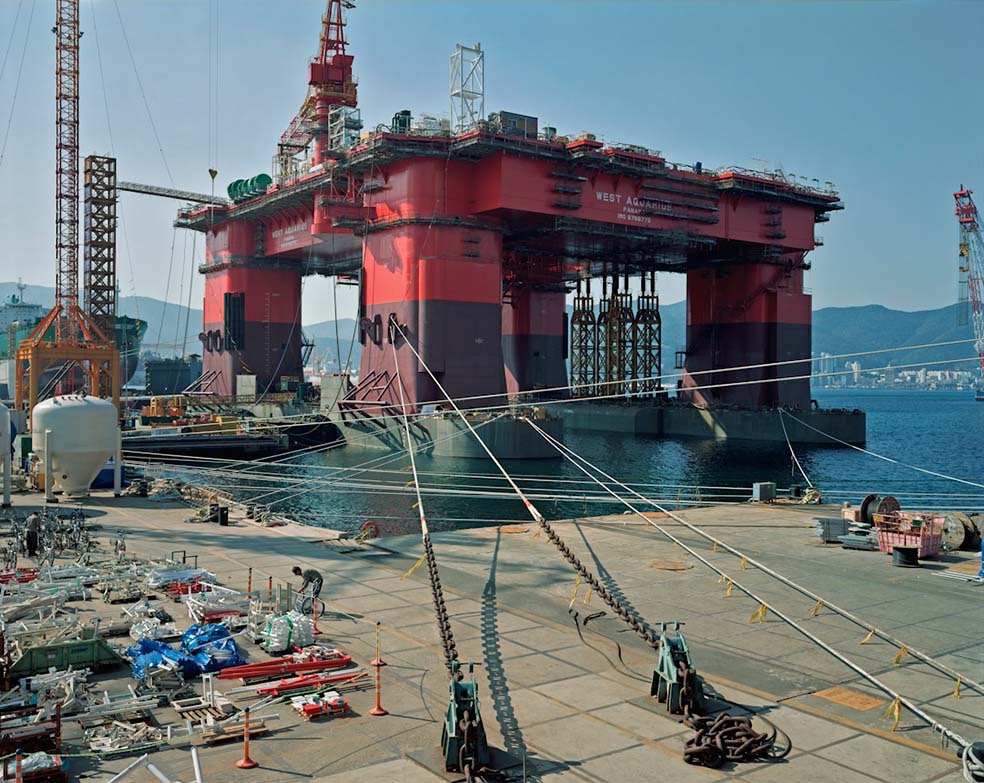
© Thomas Struth

